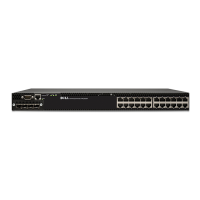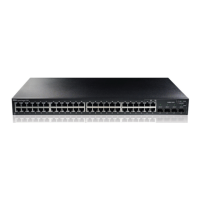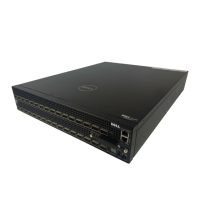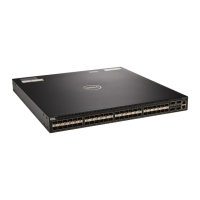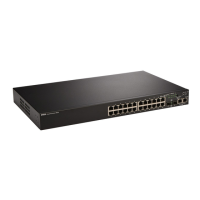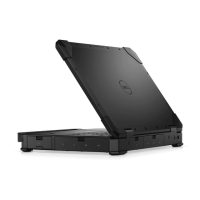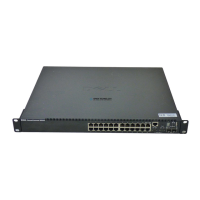98 Brocade Adapters Installation and Reference Manual
53-1002144-01
Using software installation scripts and system commands
3
• Network drivers - bna_driver_<operating system>_<version>.pkg
• User utilities - brcd_util_<operating system>_<version>.pkg
Refer to “Software installation and driver packages” on page 43 for a description of host systems
that this driver package supports.
Root access is required to install or remove the driver package.
1. Log on to the Solaris system as a super user.
2. Copy the brocade_driver_<operating system>_<version>.tar to a temporary directory on your
system.
brocade_driver_<operating system>_<version>.tar contains all drivers for specific Solaris
distributions. For example, brocade_driver_solaris10_<version>.tar contains all storage
drivers for Solaris 10 systems, where <version> is the version number of the driver release.
3. Using the change directory (cd) command, change to the directory where you copied the driver
file.
4. Perform the following steps.
a. Enter the following command and press Enter to untar the file.
# tar xvf brocade_driver_<operating system>_<version>.tar
This extracts the driver, packages, utilities packages, and installation script:
• Storage drivers - bfa_driver_<operating system>_<version>.pkg
• Network drivers - bna_driver_<operating system>_<version>.pkg
• User utilities - brcd_util_<operating system>_<version>.pkg
• Installation script - brocade_install.sh
b. Enter the following command to remove all old packages (if installed) and install new ones.
# ./brocade_install.sh
5. Enter the following to restart, load the driver, and reconfigure the system:
# reboot --r
6. Verify if the driver and utility packages are loaded to the system with the following commands:
# pkginfo|grep bfa
# pkginfo|grep bna
# pkginfo|grep brcd-util
You can use the pkginfo -l command to display details about installed drivers.
7. Start the HCM Agent by using steps under “HCM Agent operations” on page 112.
Manually installing the driver package does not automatically start the HCM Agent.
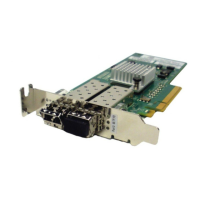
